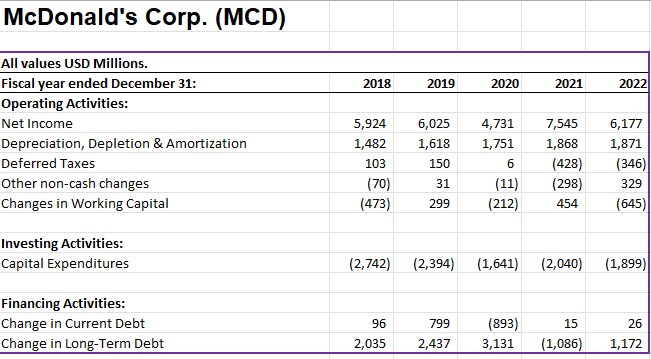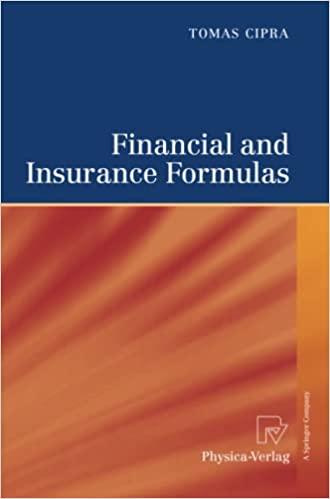Answered step by step
Verified Expert Solution
Question
1 Approved Answer
Did problems #1, #3, and #4. If you can check accuracy of those, and help me with #2 I cannot get the graph done. I


 Did problems #1, #3, and #4. If you can check accuracy of those, and help me with #2 I cannot get the graph done. I know it needs to be done using what-if analysis.
Did problems #1, #3, and #4. If you can check accuracy of those, and help me with #2 I cannot get the graph done. I know it needs to be done using what-if analysis.
Step by Step Solution
There are 3 Steps involved in it
Step: 1

Get Instant Access to Expert-Tailored Solutions
See step-by-step solutions with expert insights and AI powered tools for academic success
Step: 2

Step: 3

Ace Your Homework with AI
Get the answers you need in no time with our AI-driven, step-by-step assistance
Get Started


